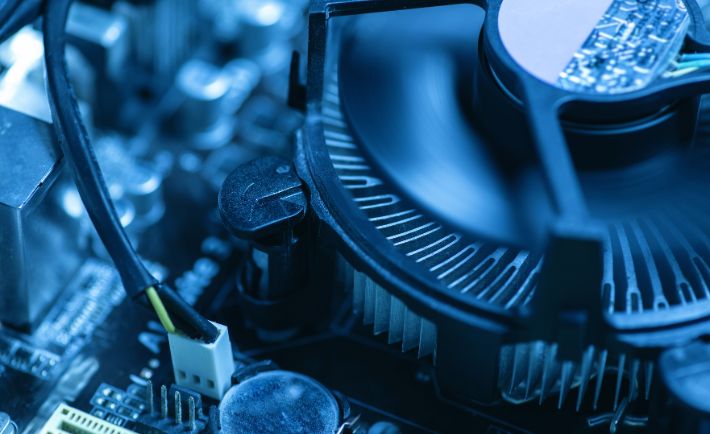
Managing thermal load in power systems is crucial for ensuring the reliability and longevity of equipment. Inadequate thermal load management impacts the system’s performance, safety, and operational costs. By understanding effective thermal management techniques, data center management teams can maintain optimal conditions for systems. This guide explores some of the most prevalent and effective techniques to regulate thermal load in industrial applications.
Air Cooling
Air cooling is a widely used technique in managing thermal load. It involves the use of fans or blowers to circulate air around heated components, dissipating heat away from the system. This method is cost-effective and relatively easy to implement. However, it tends to be less efficient than other strategies, as its efficacy depends largely on ambient temperature and airflow patterns.
Liquid Cooling
Liquid cooling offers a more efficient alternative to air cooling, allowing for higher power densities and smaller equipment sizes. This involves circulating a liquid coolant, usually water or a specialized fluid, through channels in close proximity to heat-generating components. Selecting the right coolant material and ensuring leak-proof connections is essential to implement liquid cooling. Regular monitoring of coolant levels and quality is crucial to avoid performance degradation.
Immersion Cooling
Immersion cooling is a progressively popular technique suitable for high-performance data centers and other industrial power systems. This method involves submerging components in a dielectric, thermally conductive liquid that is safe for electronics. The liquid directly absorbs heat from the components, providing efficient heat transfer. Immersion cooling is particularly beneficial for systems that generate substantial heat, as it offers uniform cooling and reduces thermal stress on components.
Optimized PCB Design
An optimized printed circuit board (PCB) layout is a passive strategy for managing thermal load. Arranging components to efficiently direct airflow and using thermal vias and copper planes to dissipate heat prevent the PCB from overheating. This minimizes hot spots and ensures even distribution of heat across the board. Regular thermal analysis during the design phase helps identify potential thermal issues and enables proactive management.
Incorporating these techniques into power systems allows data centers to effectively manage thermal loads, enhancing system performance and extending equipment life. By prioritizing thermal management, power systems can operate safely and efficiently while conserving energy and reducing costs.




